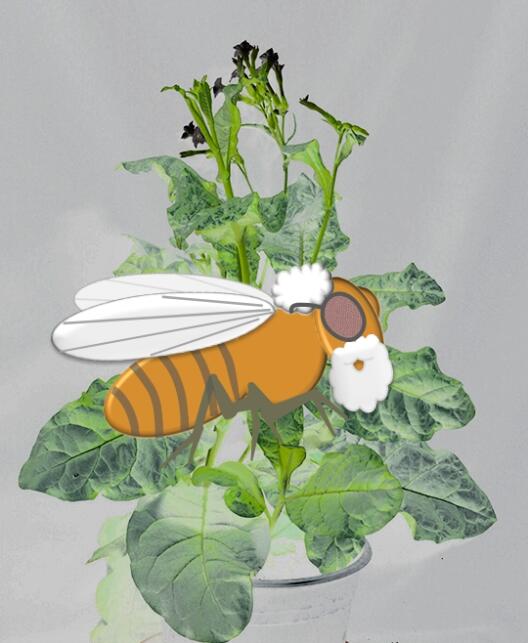In einem gemeinsamen Projekt haben Forschende des "Fraunhofer-Instituts für Molekularbiologie und Angewandte Oekologie IME", des Instituts für Biologie und Biotechnologie der Pflanzen (IBBP) der Universität Münster und des Reifenherstellers Continental die Grundlagen zur nachhaltigen Nutzung von Naturkautschuk aus dem Russischen Löwenzahn gelegt und Autoreifen-Prototypen entwickelt und hergestellt. weiter...
Wissenschaftler*innen identifizieren Schlüsselkomponenten der Kautschuk-Entstehung. Löwenzahn ist eine robuste und anspruchslose Pflanze, aus der sich ein begehrtes Produkt gewinnen lässt: Kautschuk. Seit einigen Jahren rückt Löwenzahn daher zunehmend in den Fokus der Gummi herstellenden Industrie. Doch wie entsteht der Kautschuk, der im weißen Milchsaft der Pflanze schwimmt? weiter ...
Für die Entwicklung einer besonders umweltfreundlichen Technologie wurde ein Team von Wissenschaftlern der WWU und des Fraunhofer-Instituts gemeinsam mit dem Reifenhersteller Continental ausgezeichnet: Die Gruppe um Prof. Dirk Prüfer hat den "GreenTec Award" erhalten. Es geht darum, Naturkautschuk aus Löwenzahn für die industrielle Verwertung nutzbar zu machen.
weiter ...
Ein Kooperationsprojekt der WWU und des Fraunhofer-Instituts für Molekularbiologie und Angewandte Ökologie ist als einziger Beitrag aus Deutschland für die "ICHemE"-Awards der internationalen "Institution of Chemical Engineers" nominiert worden - und zwar für gleich zwei Preise in verschiedenen Kategorien. Bei dem Projekt geht es um die Verbesserung der Produktion pflanzlicher Biomasse.
weiter ...
- Poster-Award beim BMBF Plant2030 Status Seminar in Potsdam
Das Scientific Advisory Board der Plant2030-Initiative des BMBF hat Natalie Laibach mit einem Poster-Preis ausgezeichnet. Der Preis steht stellvertretend für "...die herausragenden Leistungen des Forschungs-verbundes zur Nutzung des Löwenzahns als alternative Quelle für Naturkautschuk, -latex und Inulin", so dass Komitee.
- Biotechnologen im Park von Schloss Bellevue - Münster (upm), 06. Juni 2012
Biotechnologen der WWU stellen am 5. und 6. Juni ihr Projekt zur Rohstoffgewinnung aus Löwenzahn bei der "Woche der Umwelt" in Berlin vor. Tausende Besuchrende informieren sich dort über Technologien, Produkte und Projekte für einen nachhaltigen Umgang mit Ressourcen.
weiter …
- Löwenzahn im Park von Schloss Bellevue - Münster (upm), 24. Februar 2012
Münstersche Biotechnologen sind mit Projekt zur nachhaltigen Rohstoffgewinnung bei "Woche der Umwelt" / Leistungsschau am 5. und 6. Juni in Berlin
weiter …
- Auszeichnung für Löwenzahn-Projekt - Münster (upm), 20. Mai 2011
Münstersche Biotechnologen erhalten Hanson-Medaille der "Institution of Chemical Engineers"
weiter …
-
Poster Award TERPNET2011
Auf dem 10. interationalen Kongress für Terpenoid-Forschung „TERPNET“ in Kalmar, Schweden, erhielt Janina Post den Posterpreis. Die 20 Fachgutachter hatten das Poster mit dem Titel „Insights into the chain elongation process of poly(cis-1,4-isoprene) in rubber biosynthesis of Taraxacum brevicorniculatum” aus über 180 Beiträgen ausgewählt.
-
Fraunhofer-Gesellschaft kooperiert mit Universität Münster - Münster (upm), 20. Dezember 2010
Eröffnung einer Außenstelle / Antrittsbesuch von NRW-Wissenschaftsministerin Schulze an der WWU
weiter …


























